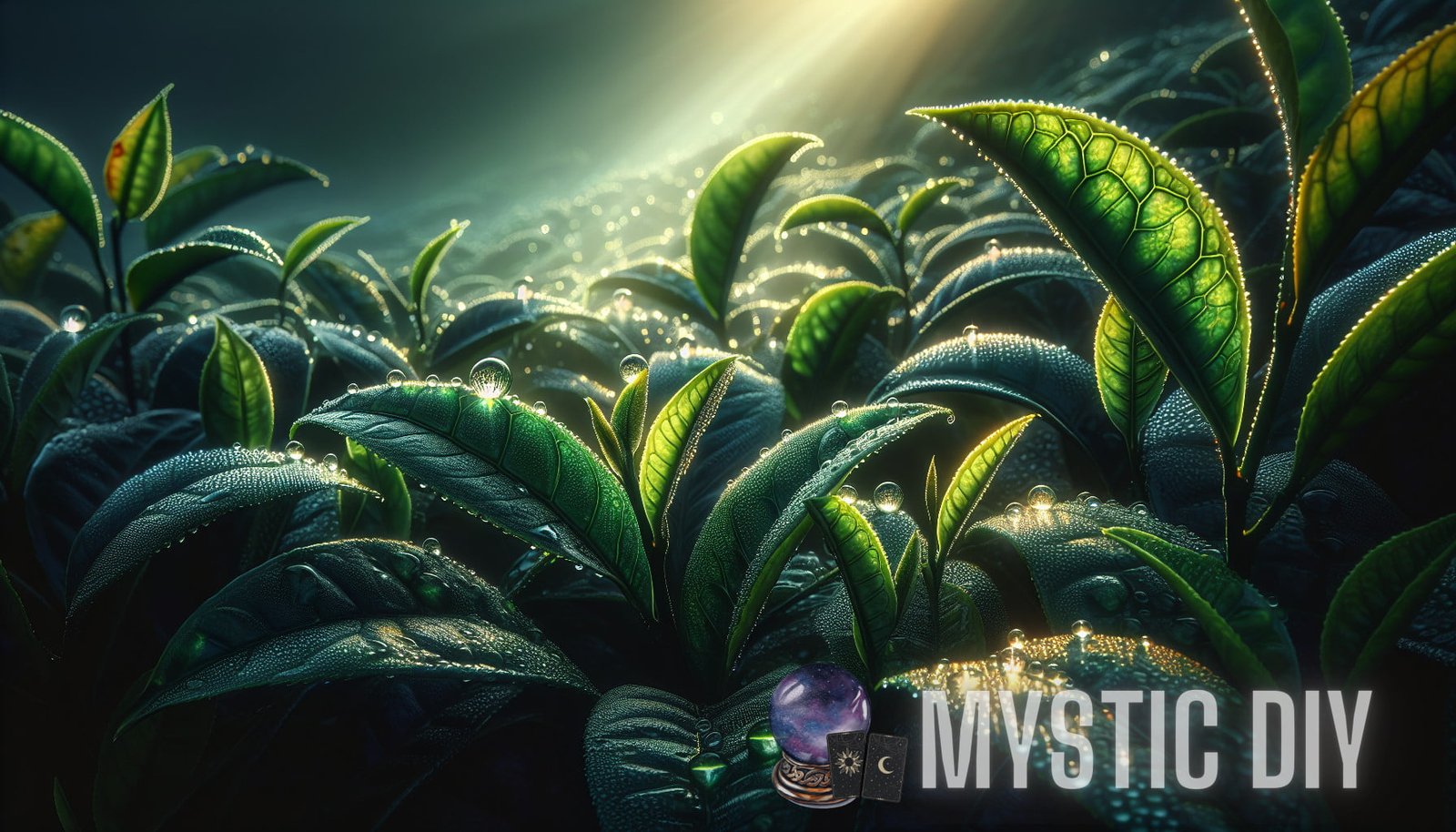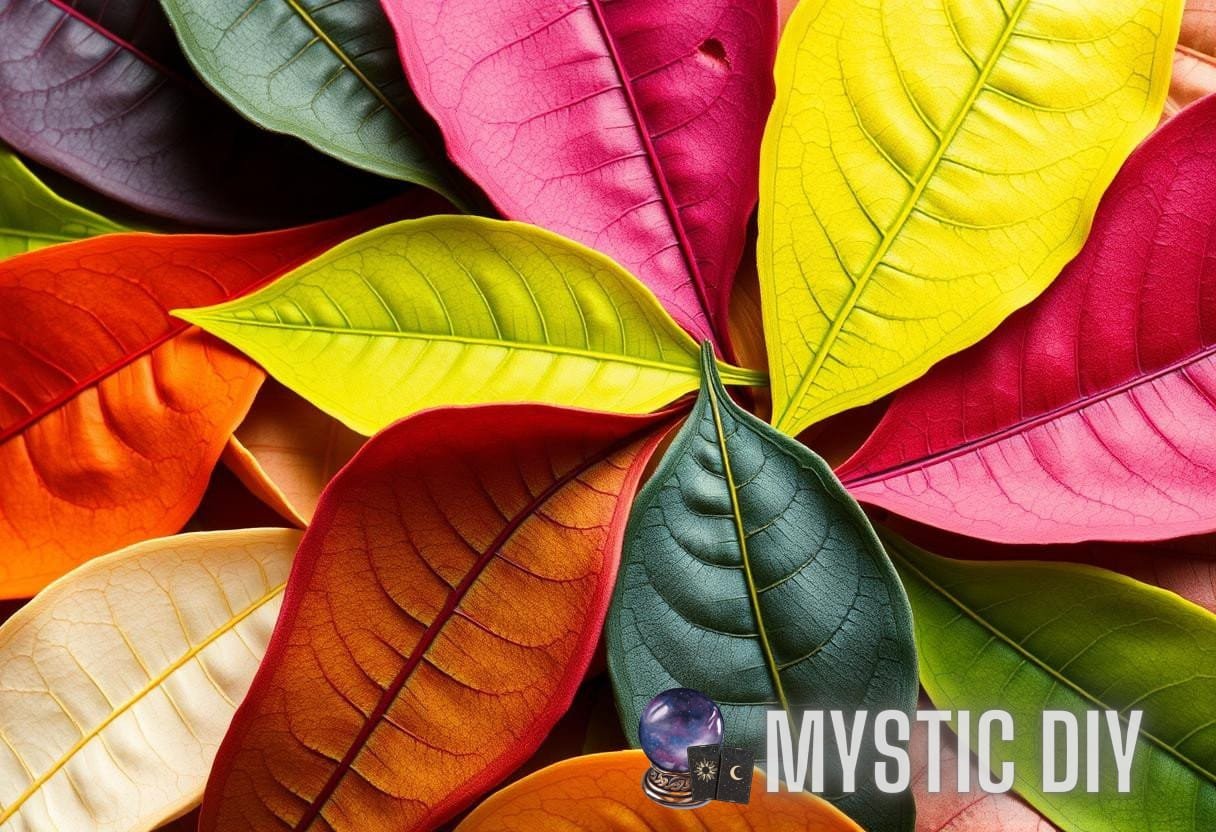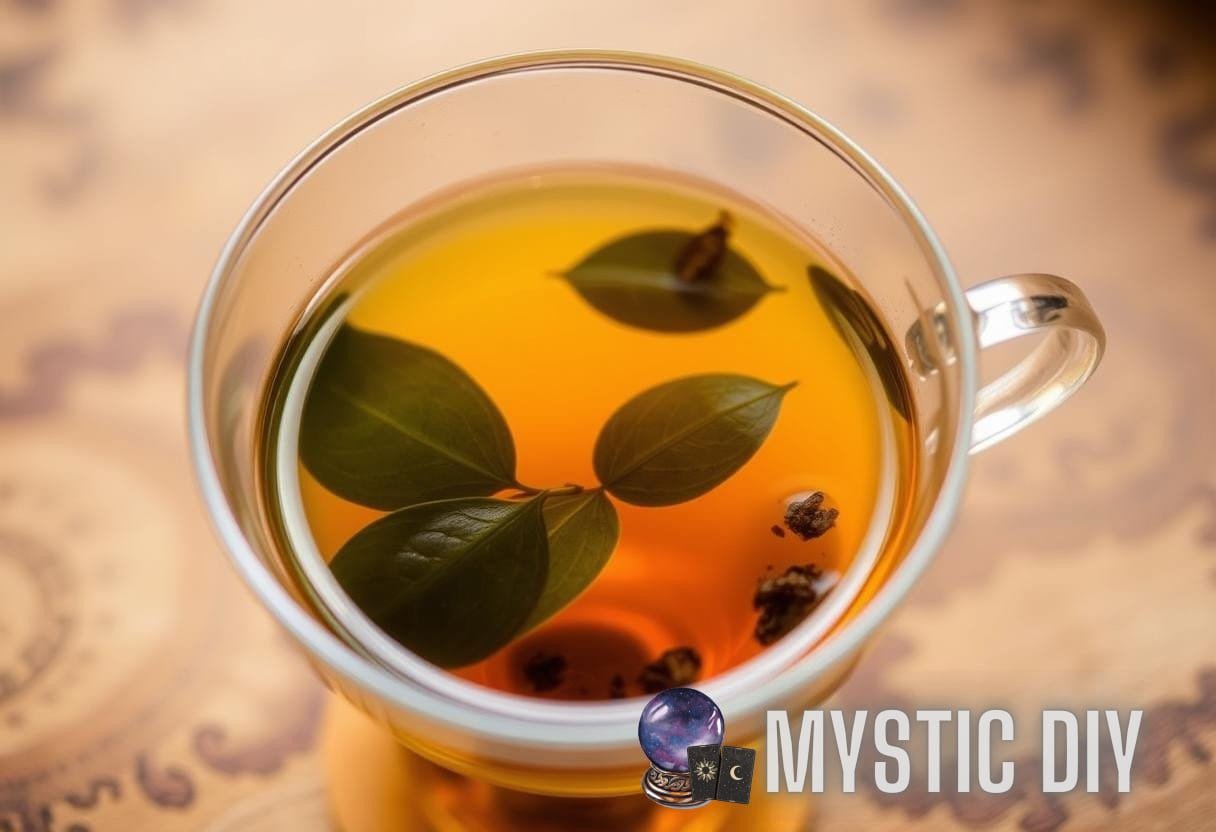The Artistry of Tea Leaves: Revealing the Mysterious Language of Nature’s Canvas
For centuries, tea leaves have captivated and enchanted individuals with their subtle flavors, delicate aromas, and the mysterious stories they hold within. Tea, the second-most consumed beverage in the world after water, has a rich and complex history that dates back thousands of years. But beyond its cultural significance and health benefits, tea leaves possess a hidden artistry that few are aware of – the ability to reveal nature’s canvas through their intricate shapes and patterns. In this article, we will explore the fascinating world of tea artistry, decoding the language of tea leaves and uncovering the secrets they hold.
The Dance of Patterns: Unveiling the Beauty Within Tea Leaves
Take a moment to observe a dry tea leaf. At first glance, it may appear as an ordinary leaf with no distinguishing features. But upon closer inspection, a world of intricate patterns and shapes comes to life. These patterns are not random but are the result of complex processes within the tea plant and the unique conditions in which it grows. Various factors, including the cultivar, the climate, the soil, and the processing methods used, contribute to the formation of these patterns. It is this combination of nature’s artistry and human intervention that gives each tea leaf its unique personality.
The patterns on tea leaves can take on various forms:
- Twisted: These tea leaves are tightly curled or twisted, often resembling small spirals. This pattern is commonly found in oolong teas and can contribute to their complex flavors.
- Flat: Some tea leaves lie flat and have a smooth surface. This pattern is typical of green and white teas and allows for a larger surface area, promoting efficient water absorption during brewing.
- Curled: Similar to twisted leaves, curled tea leaves have a more pronounced bend or curve. This pattern is often seen in black teas like Darjeeling and Assam.
- Needle-like: Tea leaves with a needle-like shape are long and thin, resembling needles. These leaves are commonly found in white and green teas.
- Bulky: Bulky tea leaves are larger and more expansive in size, often seen in some black and oolong teas. This pattern can contribute to a fuller-bodied cup of tea.
Each tea leaf pattern creates a visual journey, inviting us to explore the complex flavors and aromas that lie within.
The Symphony of Colors: Deciphering the Meaning Behind Tea Leaf Shades
Just as tea leaves showcase unique patterns, they also display an array of colors that can reveal valuable insights into the tea’s quality, flavor profile, and overall character. The color of tea leaves is determined by the level of oxidation they undergo during processing. Oxidation is a chemical reaction that occurs when tea leaves are exposed to air, resulting in a change in flavor, aroma, and appearance. The five main color categories of tea leaves are:
- Green: Green tea leaves are unoxidized, giving them a vibrant, verdant color. This category includes teas like matcha and sencha.
- White: White tea leaves are also unoxidized but may have a slightly pale or silvery appearance. Silver Needle and Bai Mu Dan are popular white tea varieties.
- Oolong: Oolong teas fall in between green and black teas in terms of oxidation. Their leaves can display a range of colors, from light green to dark brown. Examples include Tie Guan Yin and Da Hong Pao.
- Black: Black tea leaves are fully oxidized, resulting in a dark brown to black color. Assam and Ceylon are well-known black tea varieties.
- Pu-erh: Pu-erh tea leaves undergo a unique fermentation process, which gives them a dark brown to black color. This category includes both raw and aged pu-erh teas.
By examining the colors of tea leaves, connoisseurs can make informed decisions about the tea’s freshness, authenticity, and potential flavor profiles.
The Language of Tea Leaves: Interpreting Symbols and Meanings

Tea leaves not only carry visual beauty and colors but also possess a language of symbols and meanings. This ancient practice, known as tasseography or tea leaf reading, involves interpreting the patterns left by tea leaves after brewing. The interpretation of these symbols can provide insight into an individual’s past, present, and future.
In the realm of tea artistry, certain symbols and shapes commonly appear in tea leaves and carry traditional meanings:
- Circle: Represents unity, wholeness, and completion
- Triangle: Signifies strength, stability, and creativity
- Straight line: Implies progress, direction, and purpose
- Cross: Symbolizes change, choice, and decision-making
- Heart: Represents love, compassion, and emotional well-being
- Animal shapes: Can indicate animal symbolism and associated qualities (e.g., a bird representing freedom or a cat symbolizing intuition)
Tasseography is a highly subjective practice, with interpretations varying depending on cultural beliefs and the intuition of the reader. Nonetheless, the art of tea leaf reading continues to captivate individuals and provides a unique perspective into the mysterious world of tea.
Preserving the Artistry: Proper Tea Storage and Handling
As we delve deeper into the artistry of tea leaves, it is essential to understand the importance of proper tea storage and handling. Tea leaves are incredibly delicate and can easily lose their flavor, aroma, and visual appeal if not stored correctly.
Here are some tips to preserve the artistry of tea leaves:
- Store tea leaves in airtight containers: Exposure to oxygen, moisture, and light can deteriorate the quality of tea leaves. Keep them in opaque, airtight containers away from direct sunlight.
- Avoid strong odors: Tea leaves can absorb odors from their surroundings, compromising their taste and aroma. Keep them away from strong-smelling substances like spices and coffee.
- Maintain proper humidity: Tea leaves are sensitive to humidity. Store them in a cool, dry place to prevent mold and moisture damage.
- Consume tea within its freshness window: Tea leaves are best consumed within a specific freshness window to ensure optimal flavor. Different types of tea have varying shelf lives, so it is important to check the recommended storage duration.
By following these storage guidelines, tea enthusiasts can experience the full artistry of tea leaves, ensuring a delightful and flavorful cup every time.
Conclusion
Tea leaves are much more than a simple beverage ingredient; they are nature’s canvas, displaying intricate patterns, captivating colors, and hidden messages. The artistry of tea leaves goes beyond their cultivation and processing; it extends to the way we interpret and appreciate their beauty. By taking the time to observe and understand tea leaves, we unlock a world of cultural richness, sensory pleasure, and introspection. Embrace the beauty of tea artistry, and allow it to transport you on a journey of exploration, enlightenment, and tranquility.



